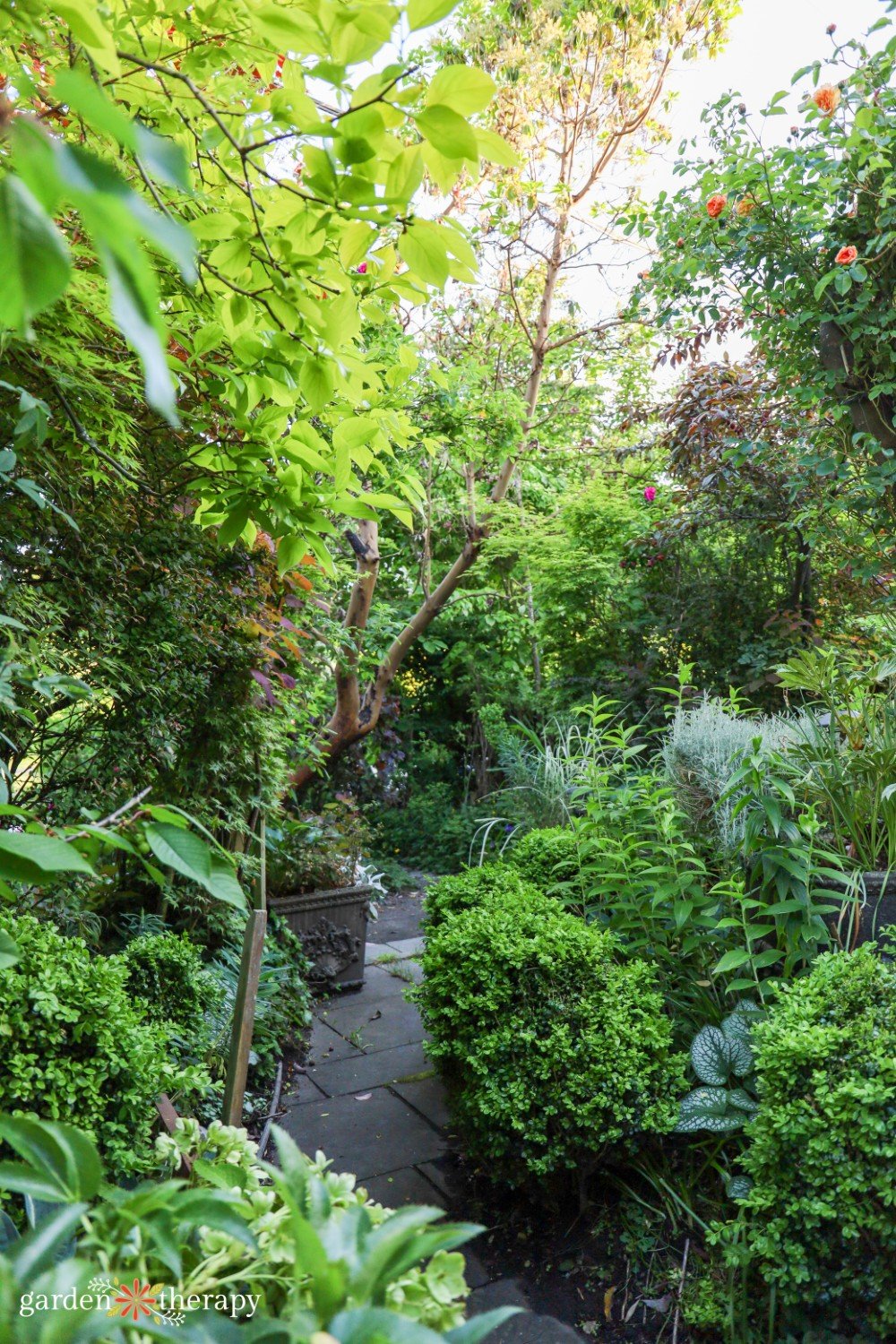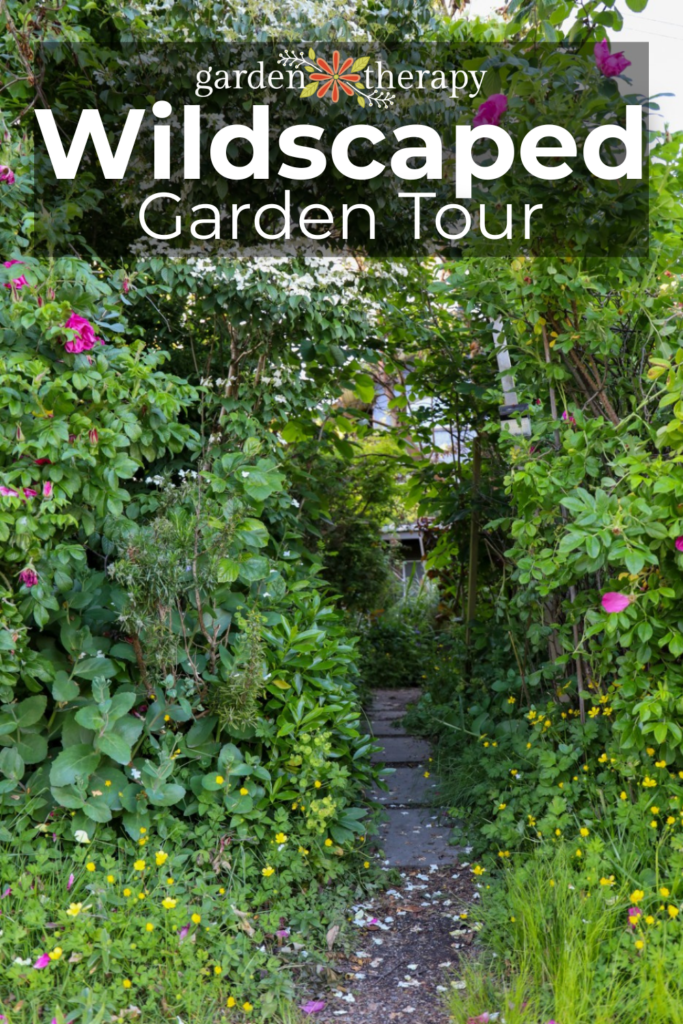Wildscaping is all about turning your garden into a place for everyone to enjoy, including the local insects, birds, and critters. These gardens are full of native plants, making them extremely low-maintenance, ecologically friendly, and yes, extremely beautiful.
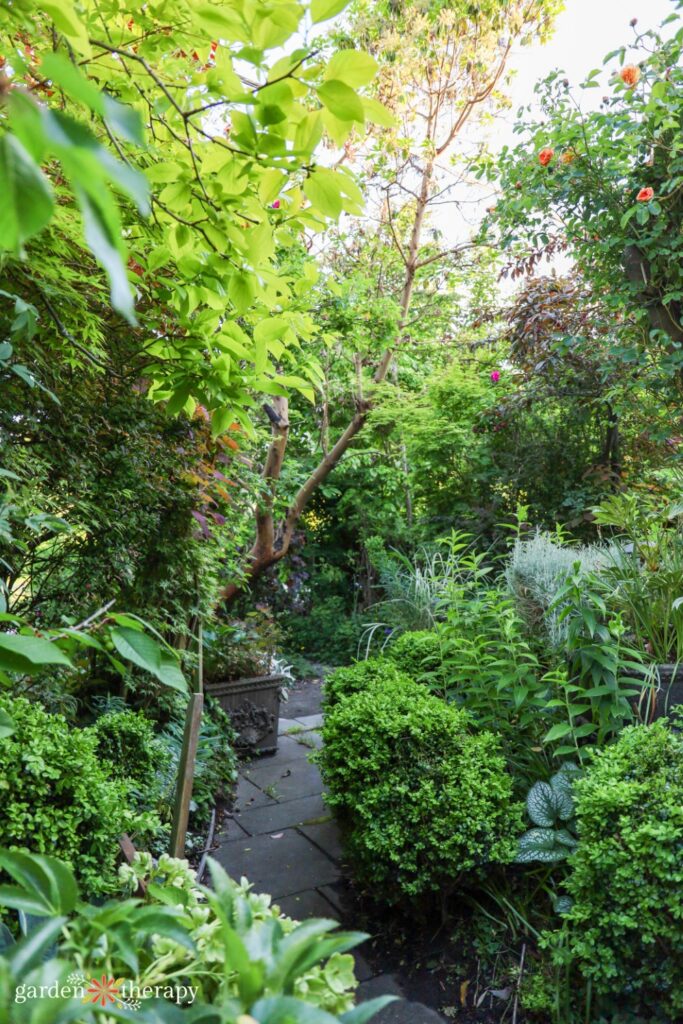
Can you believe that the picture above is in a city? In fact, all the pictures in this post are from one urban garden right by the ocean.
This wildscaped garden belongs to my friends Laura and Sam. Sam is the mastermind behind the garden, turning what was once a standard city lot into a wonderfully curated wild space.
When I first saw the garden, I was awestruck. It’s a regenerative space, much like my own garden, but with a different rendition. I was so honoured to be able to photograph it.
You won’t find anything else like it in the neighbourhood. It’s single-handedly supporting the local wildlife for the whole block!
Let me take you on a tour of Laura and Sam’s garden, and talk a little bit about wildscaping.


What is Wildscaping?
Wildscaping is when you design your garden with wildlife in mind.
The most important part of wildscaping is intentionally planting your garden to model the local ecosystem. Typically, this means using native plants to attract native species and provide food and shelter for them.
Wildscaping doesn’t play any favourites. It supports biodiversity of all kinds, from the spiders to the butterflies to the squirrels to the birds.
What’s beautiful about it is that it will look different for each garden. It can be as simple as dedicating one section of your garden to putting out pots on your patio to revitalizing your whole landscape. It’s a place for plants and people, where beauty and aesthetics can still shine through and play a part.


Creating Layers
When you first drive up to Laura and Sam’s garden, it looks like there’s a forest in front of their house. They’ve mixed together trees, shrubs, perennials, and ground covers to create a layered garden that looks natural and beautiful.
Naturally, it provides year-round interest both for the wildlife and for the human eye. A layered garden can provide plenty of food for everyone, including fruits, nuts, pollen, nectar, foliage, and vegetables. Yes, you can still grow food for yourself when wildscaping!
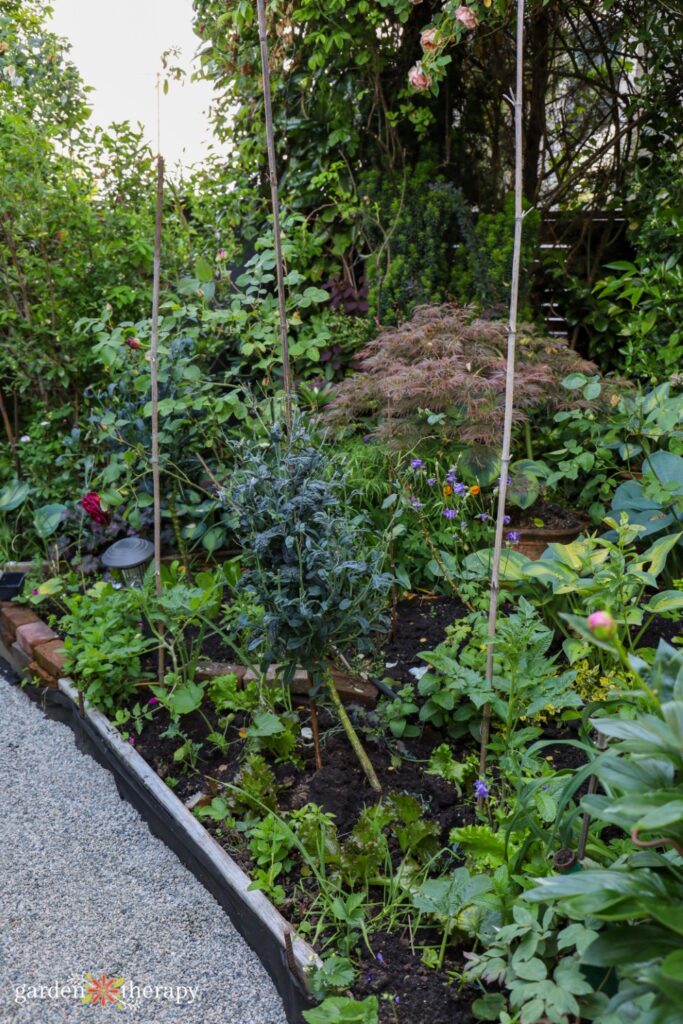

Layers are also essential to providing habitat for everyone. The trees are home to the birds, and while ground insects can find shade and shelter in the ground covers.
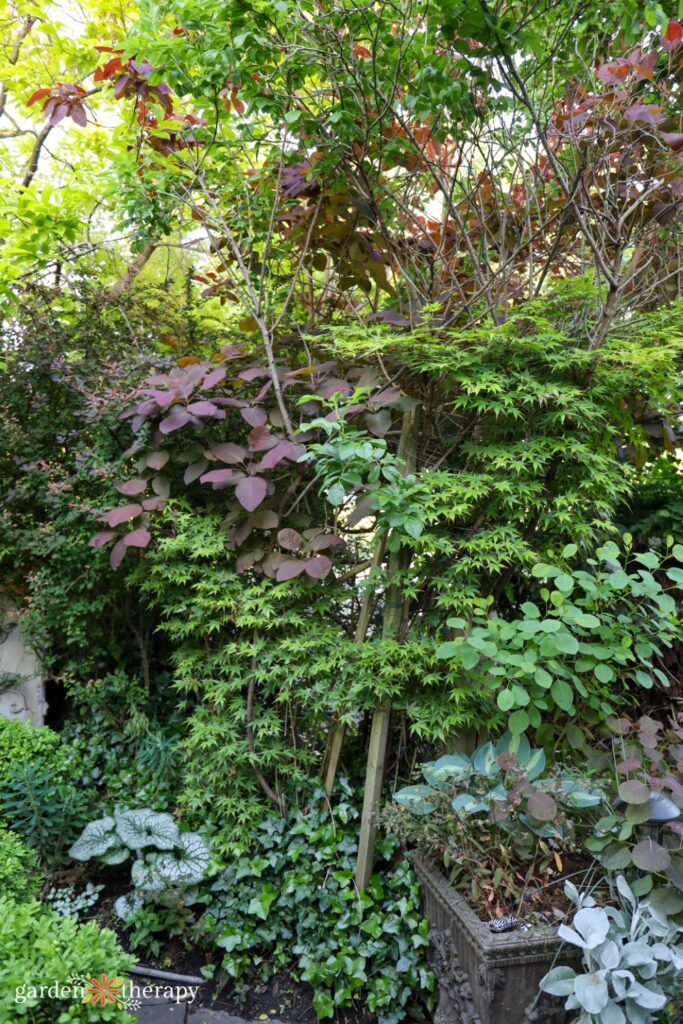

One key part of the design is also making sure it’s accessible by implementing pathways. While most of the garden takes care of itself, you still need to be able to access most parts of the garden for pruning or removing invasive species.


Where’s the Water?
Just like us, insects, birds, and small critters need water for drinking and bathing. Try incorporating water features in your landscape, such as a bird bath, bee bath, butterfly puddler, or fountain with river stones for safe perching.
A wildscaped garden will conserve water more than the average house. The layered effect will provide shade and cool things down in the summer, helping to reduce urban temperatures.
Native plants are also prepared for your local climate and require far less water than non-native species. Once established, they will need next to no supplemental watering.


Native Plantings
Native plants are automatically going to be the preferred habitat and food source for local critters. Studies show that native plants are better for local insects and will encourage higher populations and diversity. And when you support the bottom of the food chain, it supports the rest of the food chain.
It’s important to include variety in your garden—different critters like different plants. Include plants with different shapes, colours, and sizes, growing them in clusters for maximum effect.
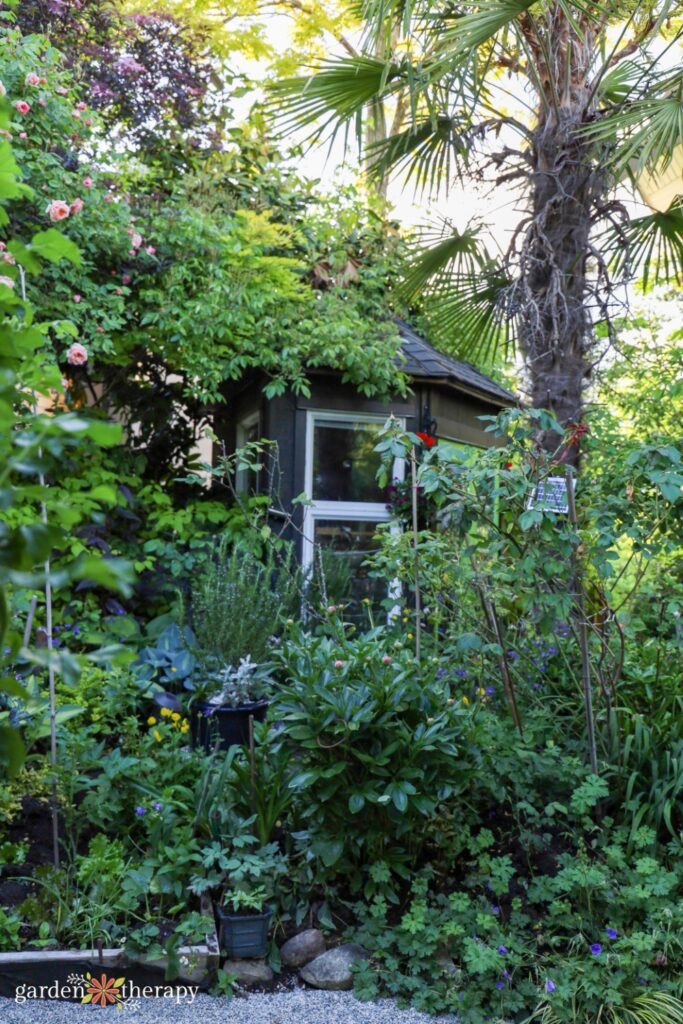

Native plants are also going to require less maintenance down the line. Take the time to plan out your design and find the right plants that will grow in your conditions. Native plants will require less water, no fertilizer, and even less pruning.
Don’t forget, you can still plant other plants in your landscape simply because they make you happy. We’re not looking for perfection, but steps to being more wildlife-friendly. Just look at how Sam and Laura included a palm tree in their design! I can assure you, this is not a native species to BC.
Just make sure to keep all invasive species in control.
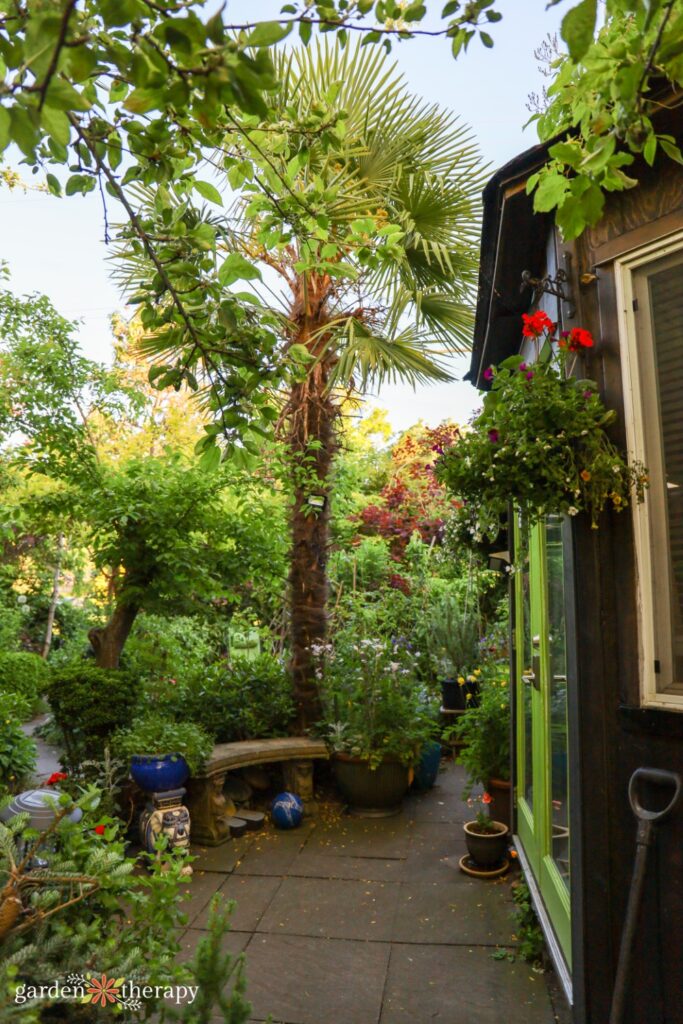

Organic Practices
Going organic is one of the best ways to support local wildlife. Don’t use any herbicides or pesticides in the garden since they don’t discriminate between good bugs and bad bugs.
Avoid using synthetic fertilizers. These are easy to overapply, causing fertilizer burn in plants. Excess nutrients can also get washed away through groundwater and affect the ecological health of the surrounding area. Native plants typically don’t need any fertilizer anyway!
Wildscaping is an Acquired Taste
Take a walk through most neighbourhoods and you’ll see trimmed lawns, perfectly square boxwoods, and flashy flowers. Wildscaping isn’t the norm, but I can see a growing desire for people to change their yards to be a little more ecologically friendly.
Not everyone is going to like your space, and yes, it can look a little wild. It looks amazing when everything is green and lush, but it can be hard to leave behind the leaves and twigs in the winter. The temptation to clean it all up will be there, but that’s an essential part of building habitat for insects and critters.
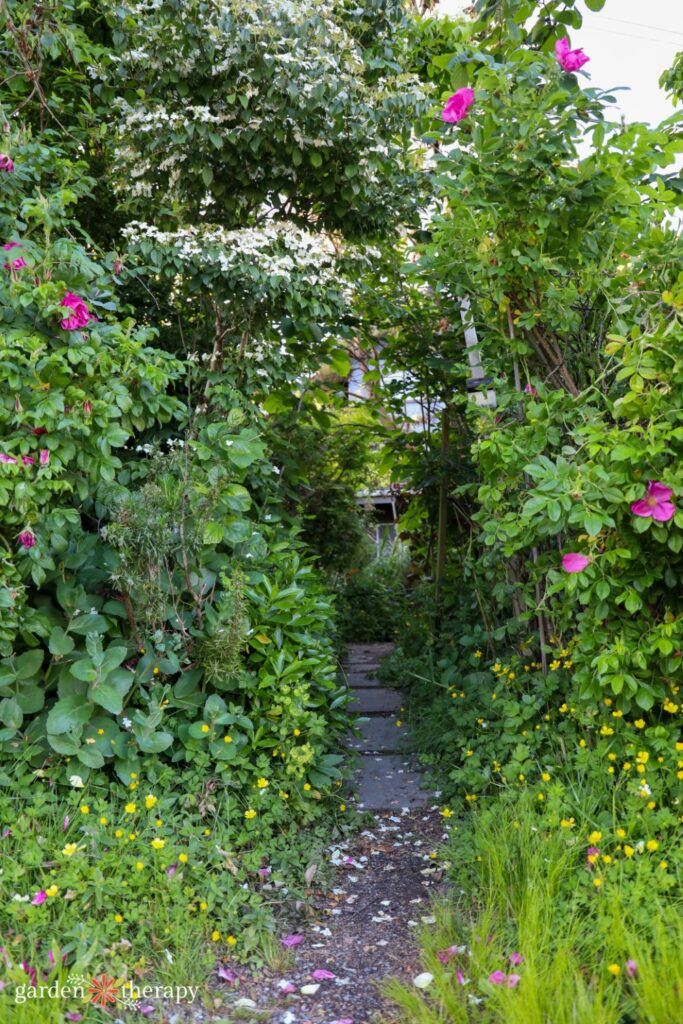

Laura and Sam’s neighbours weren’t excited about their garden—they viewed it as messy.
But someone else will see it as this beautiful backdrop full of life. It gets photographed and shared on Instagram while the neighbours with standard lawns on either side never do.
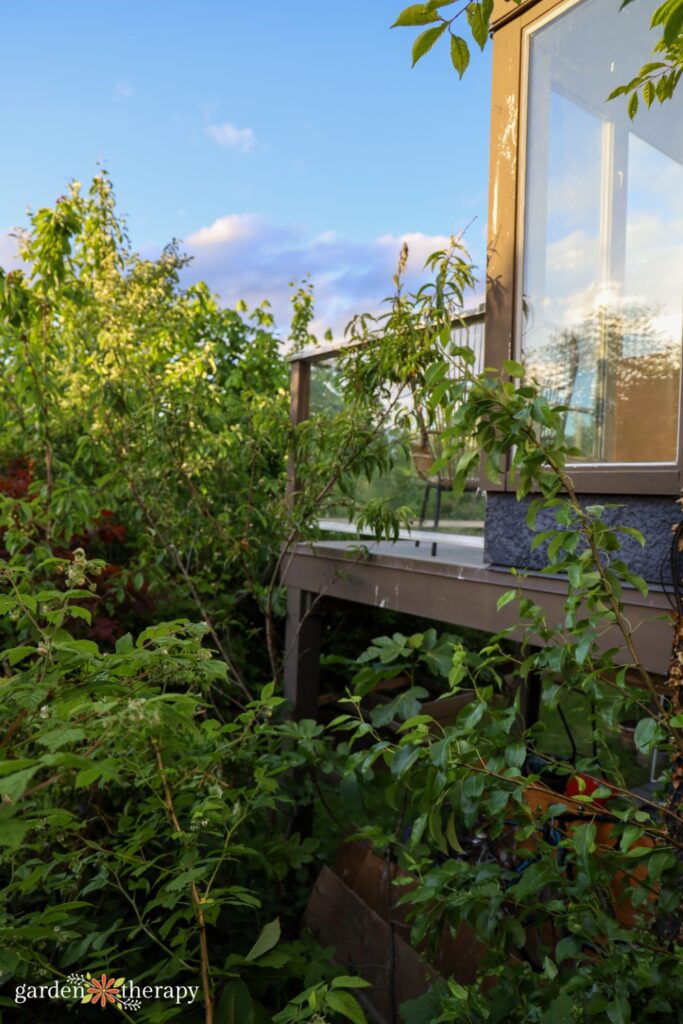

When I sold my last home, the realtor took one look at my beds full of leaf mulch from years of dropped leaves and thought I should tidy up to help market the house better. But no way was I going to do that!
You can take wildscaping as far as you’d like. It can be as simple as one small bed dedicated to helping wildlife, to turning your backyard into a lush paradise like Laura and Sam.
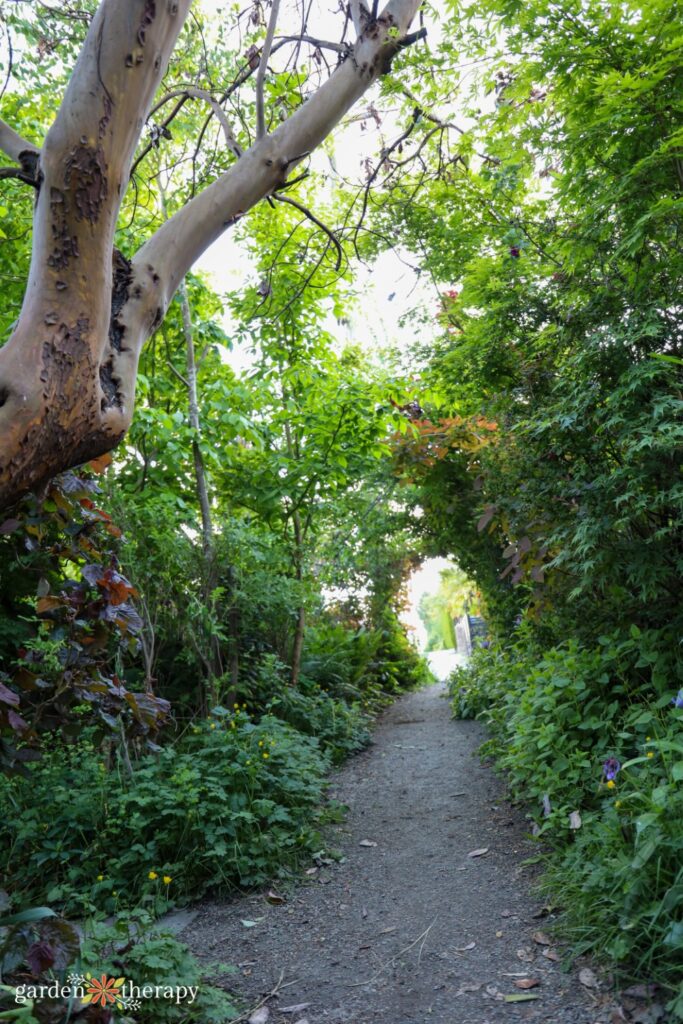

More Ways to Rethink Your Garden
A city girl who learned to garden and it changed everything. Author, artist, Master Gardener. Better living through plants.

